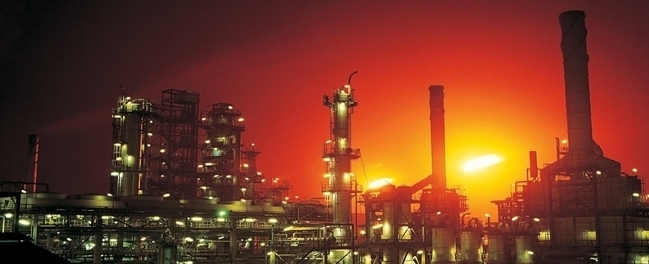
The hazard classification of the buildings plays a determining role in the determination of the fire risk and the determination and application of the measures taken against these risks. The Regulation on the Protection of Buildings-2015 (BYKHY), TS CEN/EN54-14 and annexes thereof, which must be applied in our country, with regard to the measures to be taken and the applications to be made within the scope of fire fighting and EN (European Standards) rules and directives with regard to the issues that are not directed in these regulations and guides in terms of the relevant expectations are taken into consideration.
The hazard classification is mentioned in Article 19 depending on the intended use of the buildings. "Facilities with High Fire Risk", the places where flammable and explosive materials and fuel oils are produced, stored, filled-discharged and their sales operations are performed are considered as extra hazard places. When mentioning about the partitions related to the storage of explosive, flammable and combustible materials, they are generally required to be protected and stored in partitions durable for 120 minutes.
Within the scope of the measures to be taken for the extra hazard places in terms of fire safety, water, dry chemical powder, gaseous extinguishing systems are accompanied by “detection” as well. Certain sensors are installed in order to be able to monitor the ambient or situation changes that may pose a risk for the materials that are the reason for hazard. The sensors (smoke, temperature, flame, gas, etc.) and alarm system components (alarm button, sound/light warning device, etc.) to be used must have been produced and certified in accordance with specific classifications such as other building installation materials.
In case of an evaluation made in terms of fires that will erupt within the extra hazard areas, it is seen that smoke detectors are used if the fire in these areas is considered to be of smoke priority, and temperature detectors are used if it is considered to be of temperature priority. In case of the presence of gas or solvent vapor in the environment, gas sensors calibrated according to the appropriate gases are installed. In addition, one or more of the specified detection methods (smoke, temperature, flame) can be applied in the same environment by taking into account the condition of the stored or processed materials.
However, practically in certain applications, unfortunately, the requirements for the equipment are determined not according to standards, but according to certain approaches or estimations. Application is requested and applied in the areas where it is not possible to make sure that there is an ex proof environment suitable for the actual need. Before determining the equipment to be used and examining its certificate, the classification according to which location where the application will be made has been designed should be determined, and if it has not been designed, it should be designed and then the internal installation materials should be selected.
The emergency lighting system set forth in the Article 72 of BYKHY is mandatory in such areas of the extra hazardous buildings as specified in the article.